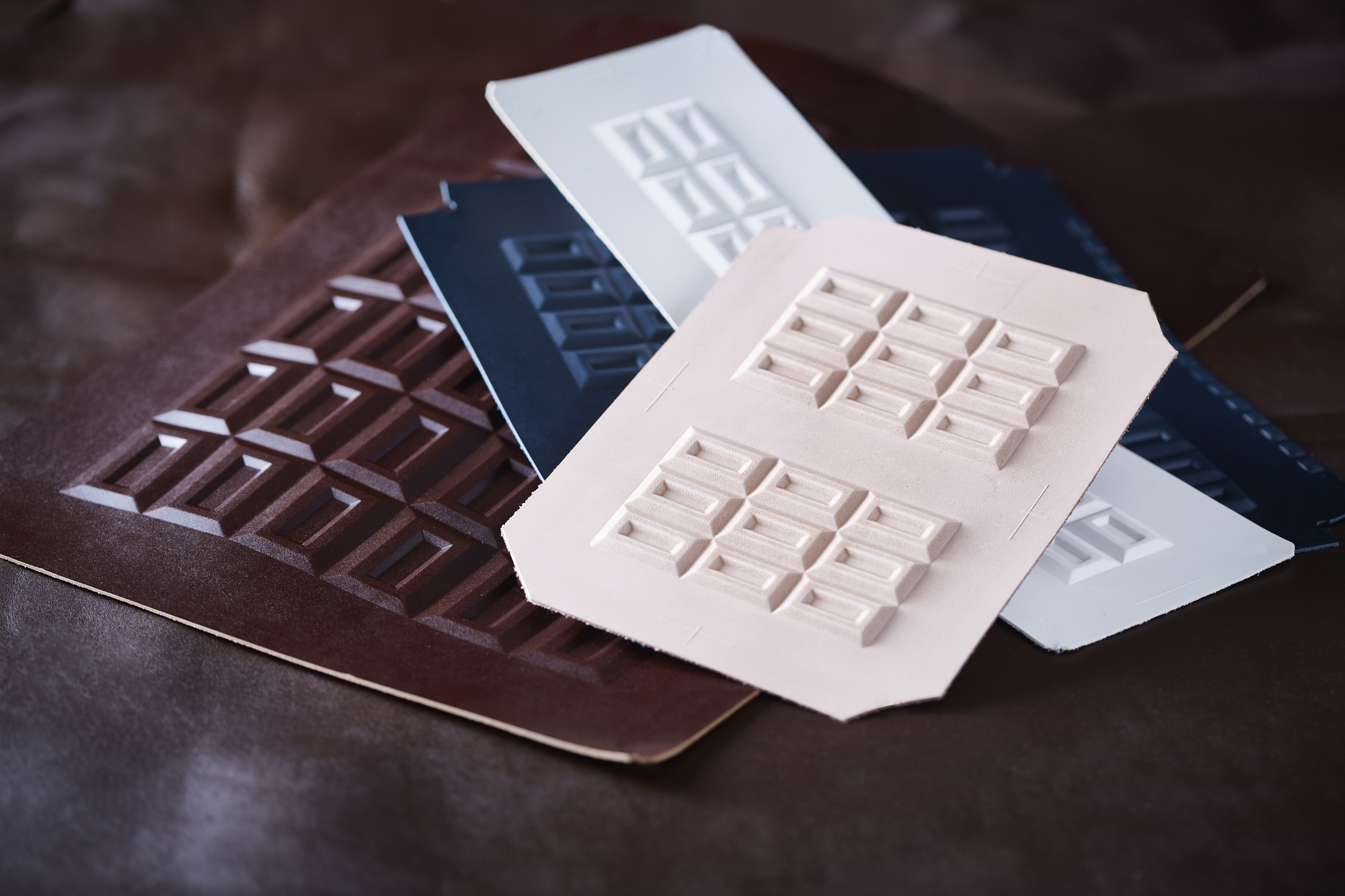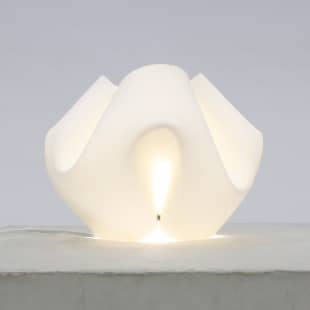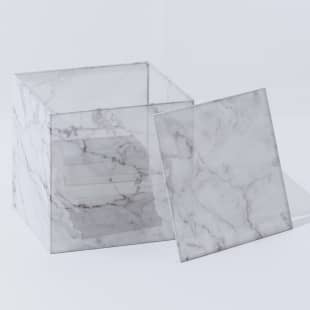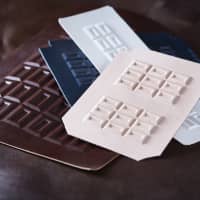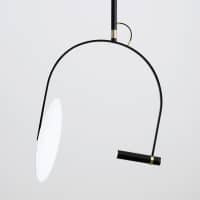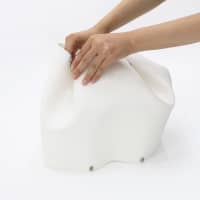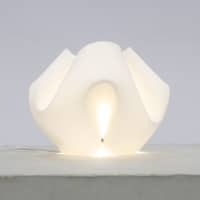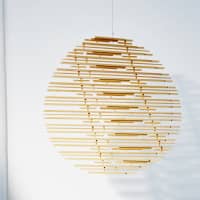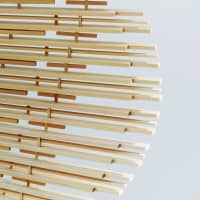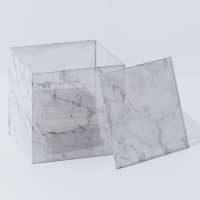Now that the flurry of activity that surrounds the annual Salone del Mobile has died down, this month's On: Design takes a look at a few of the interiors fair's Japanese prizewinning ideas and new product debuts.
Food for thought
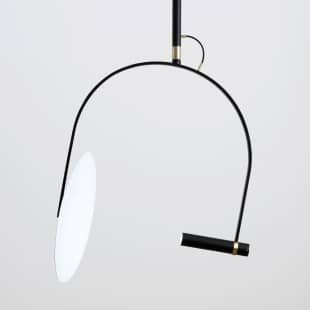
This year's SaloneSatellite competition, which awards young up-and-coming creators, saw Japanese designers taking the first and third prizes for their unconventional interpretations of the theme "Food as a Design Object."
First prize went to studio Kuli-Kuli, which collaborated with Kobe craftspeople and tanners to devise unusual ways to process local leather into new products. Of note was the manipulation of Kobe cow-hide, a textile historically less popular in Japan than pig or deer hide, with an innovative molding process to create seamless 3D forms. Items overseen by Kuli-Kuli include the brand ChocolaTan's range of wallets and bags that feature leather shaped to appear just like chunky bars of chocolate.
Baku Sakashita, whose Suki series of lights recently garnered the attention of various design publications, was awarded the SaloneSatellite third prize for his 2.5 Dimensional Objects project. His use of 0.3 millimeter wire to create 3D structures that look like 2D drawings was recognized as not only a fascinating optical illusion, but also a creative technique with the potential for commercial use. Sakashita also showcased Phase, his newest lighting collection that utilizes his signature fine wire-framed washi (Japanese paper) and is inspired by the waxing and waning of the moon.
bit.ly/kuli-kuli, studiobaku.jp
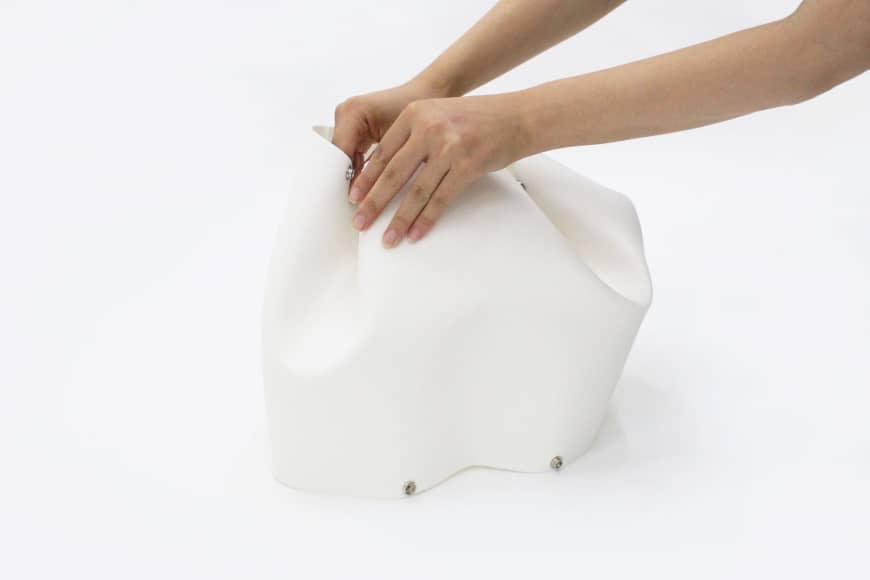
Compact and clever
Portable Space was the theme of the Aoyama Design Forum's ADF Milano Salone Design Award competition, which was won by Foro Studio for Tomi — a modular and portable meeting space inspired by yatai (Japanese food stalls) and complete with netted noren-style curtains. Foro Studio's reward for winning Best Performance was to showcase Tomi at Salone del Mobile, but the innovative work of one of the competition's Outstanding Performance winners, Yuichiro Morimoto, who didn't get to go to Milan, is also worth mentioning.
Taking cues from origami, Morimoto's foldable lamp and chair are made from single sheets of soft vinyl held into 3D shapes by snap fasteners. When dismantled, they can be packed away flat or even rolled up. The Jellyfish Light features an opaque vinyl that mutes lighting to a gentle glow to match its soft aesthetic, while the Scarf Chair splits a transparent vinyl sheet into two pieces that can be assembled into a sturdy cone base and triangular seat.
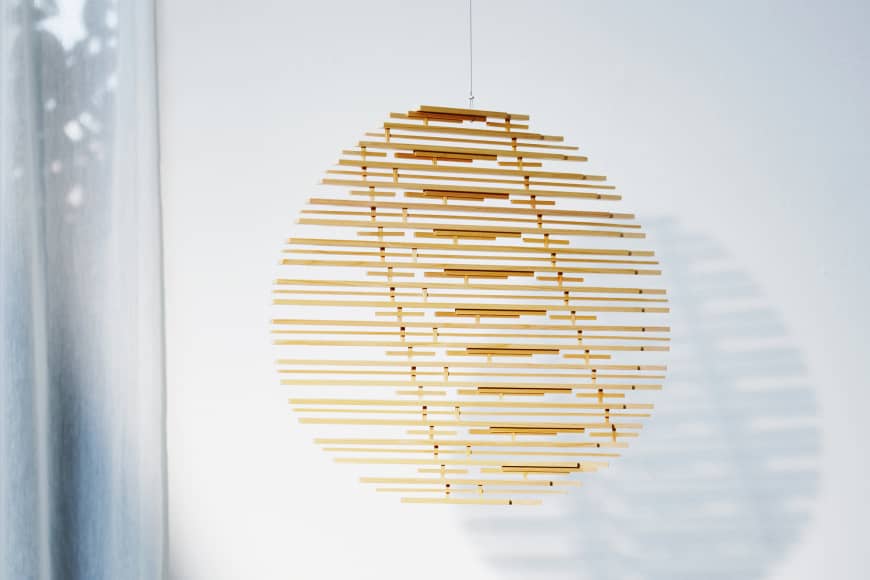
New artware
Korai — a homeware brand produced by Huls, a company dedicated to promoting Japanese crafts overseas — launched last year with a range of minimalist Arita porcelain tableware, hand-blown glassware and bamboo basketry works.
This year at Salone del Mobile, Korai held "Sense of Nature," its first exhibition in Europe, where it also debuted Ren (pictured above right). Crafted in collaboration with Kuroda Kobo Co. Ltd.'s Hiroaki Usui, a carpenter specializing in restoring national treasures, Ren is a circular hinoki (Japanese cypress) hanging artwork that features traits of Japanese sliding-door joinery in the form of decorative latticework. Subtly twisted to give it a more organic 3D form, it is mesmerizing to watch, seemingly rippling as it rotates while light intermittently flickers through its slats.
Yoy, a studio best-known for its witty optical illusion lighting series (think glowing shadows, floating lampshades) returned to Salone del Mobile for its eight time. This year it presented Mass, a new series of unusual containers, as part of its solo show titled "Existence." Everything Yoy designs has an unexpected twist. In this case, its Mass boxes are made of wire mesh that is transparent when viewed head on, but appears solid when seen from an oblique angle. To accentuate this visual shift between the visible and hidden, the solid and ethereal, Yoy also printed the mesh with patterns of concrete, wood and marble.



